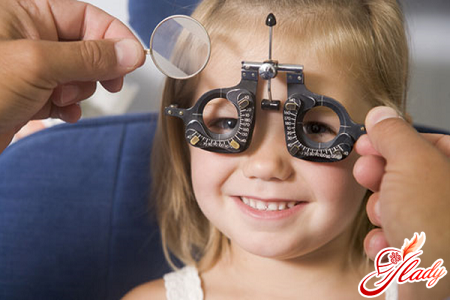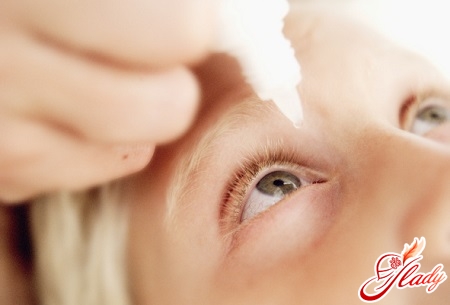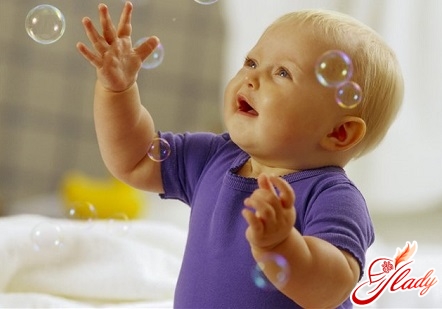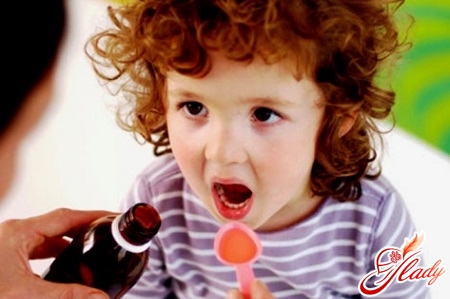
In terms of volume and completeness of human perceptionThe eye is superior to all other sense organs. Visual information makes up about 90% of all information coming into the cerebral cortex. Thus, good vision is the key to the successful development of all cognitive processes in a child. In addition, quality vision plays an important role in educational and work activities, and its impairment can lead to the appearance of secondary deviations in physical and mental development. The most common visual impairment is myopia, or, more simply, nearsightedness in children, when a child sees objects located close to him well, and those far from him poorly.
Classification of myopia
Myopia can be of two types:congenital or acquired. In order to treat one or another form of this disorder, it is important to know the causes of its occurrence. Congenital myopia can be caused by the impact of various pathogenic factors on the visual analyzer during pregnancy, or by heredity. The most common of them are cataracts (clouding of the lens) and pigmentary dystrophy of the retina (narrowing of the visual field or its complete disappearance). Acquired myopia has many more causes. The most prevalent of them are head injuries or diseases of the central nervous system. In addition, ophthalmologists distinguish three degrees of myopia: weak, moderate and strong. Myopia of I and II degrees is non-progressive, it is not even considered a disease, but this should not be treated dismissively, since over time such reasons may arise that it can develop into degree III - progressive, and this is not a harmless defect, but a disease with serious consequences. Its prevention depends on the time at which this visual impairment was detected and how soon it was treated, because the cause of progressive myopia, first of all, is untimely medical care. This can be avoided if parents notice the disorder in time and contact a specialist. It is also possible that myopia of the third degree can be congenital.
Symptoms of nearsightedness
If such a defect is detected in a child in timevision, such as myopia, it is possible to prevent a third of cases of myopia in children and childhood blindness. It can be difficult to determine whether your child is nearsighted, since he or she rarely complains of pain in the eye area. But attentive parents will be able to recognize this disorder by the following signs:
If such symptoms appear, you should nottake measures on your own and especially do not put glasses on your child. You should immediately contact an ophthalmologist. Only a specialist can make an accurate diagnosis, determine whether this disorder is congenital or acquired, establish its causes and prescribe treatment.
Consultation of a specialist
As soon as you, vigilant parents, suspectedsigns of vision impairment in your child, you need to contact a specialist as soon as possible - you should not delay a visit to the ophthalmologist. He will conduct an examination and determine the degree of myopia. Based on his conclusion, the specialist will prescribe treatment. In some cases, if myopia is progressive, this is surgical or laser correction and many other modern methods on which the treatment of myopia in children is based. In others, when myopia is non-progressive, it may be just eye exercises, some exercises or preventive measures, thanks to which you can prevent the development of stage III myopia and other visual impairments. Prevention of myopia in children includes a set of measures of various nature.
Ophthalmologist's advice
First of all, the child's parents should pay attentionPay attention to how the child's room is furnished, in particular, how the desk is positioned. It should be in front of the window so that daylight falls directly on the notebook or textbook. In the evening, artificial lighting is necessary - a table lamp, its light should be strong, but not bright. When the table lamp is on, the general light in the room must also be turned on to prevent the eyes from suddenly switching from light to darkness if the child looks away from the notebook and looks around. It is also important to monitor the position in which the child sits at the table. The working posture should be correct: the back is straight, both feet are on the floor or a stand, hands are on the table, bent at the elbows, but not supporting the head, eyes are approximately 35-40 cm or more from the table. If this posture is not observed, then there is a tendency to develop myopia. Parents should strictly monitor the amount of time the child spends at the computer and TV: no more than 2-3 hours a day, with a 15-minute break after each hour. During the break, special children's eye exercises are encouraged, which a specialist will recommend. The child must be outside for at least 1 hour a day: daylight and fresh air are good for the body. In addition to all of the above, the prevention of myopia in children also involves eating various vitamins that strengthen vision: A and B. They are found in many foods, such as corn, green peas, egg yolk, apples, lettuce, honey, fish, cabbage, blueberries, apricots, black currants and others. The body also needs vitamin C, found in oranges, dried rose hips, tomatoes, green onions, ascorbic acid. By following these simple recommendations, you can forget about the concept of childhood myopia, and if it is congenital, you can avoid its further progression and promote the correct development of visual processes in your child!









